Google recently released artifacts from a project that helps demonstrate changes to the Earth’s surface–both man-made and natural–over time. Details from their blog post:
“Today, we’re making it possible for you to go back in time and get a stunning historical perspective on the changes to the Earth’s surface over time. Working with the U.S. Geological Survey (USGS), NASA and TIME, we’re releasing more than a quarter-century of images of Earth taken from space, compiled for the first time into an interactive time-lapse experience. We believe this is the most comprehensive picture of our changing planet ever made available to the public.
Built from millions of satellite images and trillions of pixels, you can explore this global, zoomable time-lapse map as part of TIME’s new Timelapse project. View stunning phenomena such as the sprouting of Dubai’s artificial Palm Islands, the retreat of Alaska’s Columbia Glacier, the deforestation of the Brazilian Amazon and urban growth in Las Vegas from 1984 to 2012.”
And their motivation?
“Much like the iconic image of Earth from the Apollo 17 mission—which had a profound effect on many of us—this time-lapse map is not only fascinating to explore, but we also hope it can inform the global community’s thinking about how we live on our planet and the policies that will guide us in the future. A special thanks to all our partners who helped us to make this happen. ”
7 Animations That Reflect Rapid Environmental Change
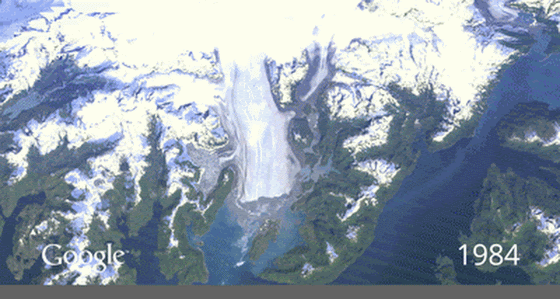
The animation above shows the Columbia glacier retreating in Alaska.
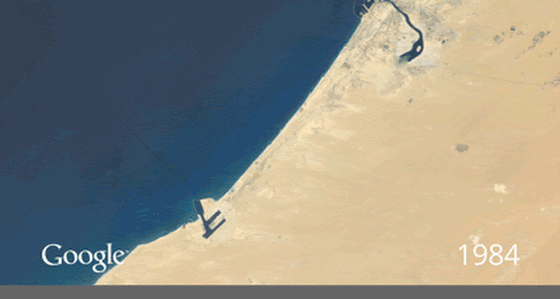
Above you can see the way engineers in Dubai have altered the coastline–in a way that looks kind of creepy, no?
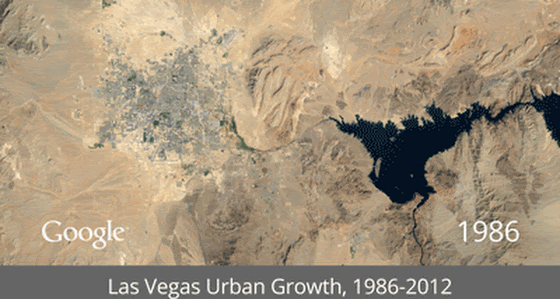

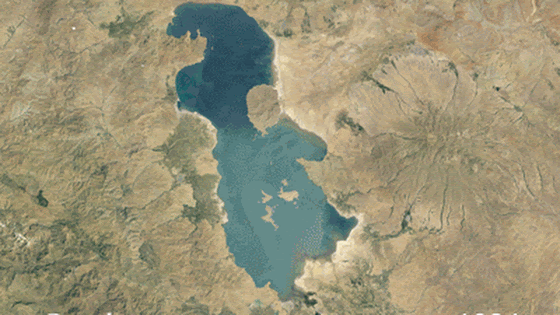
The above animation shows the drying of Lake Urmian in Iran.
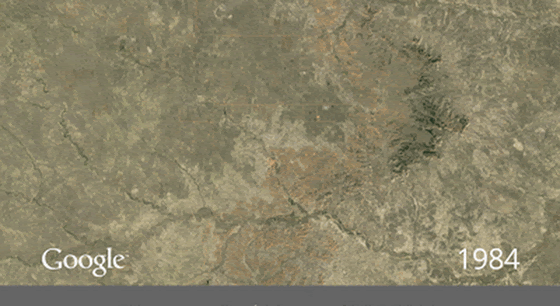
The above animation? The results of coal mining in Wyoming

Image attribution Google and flickr users nasagoddard

